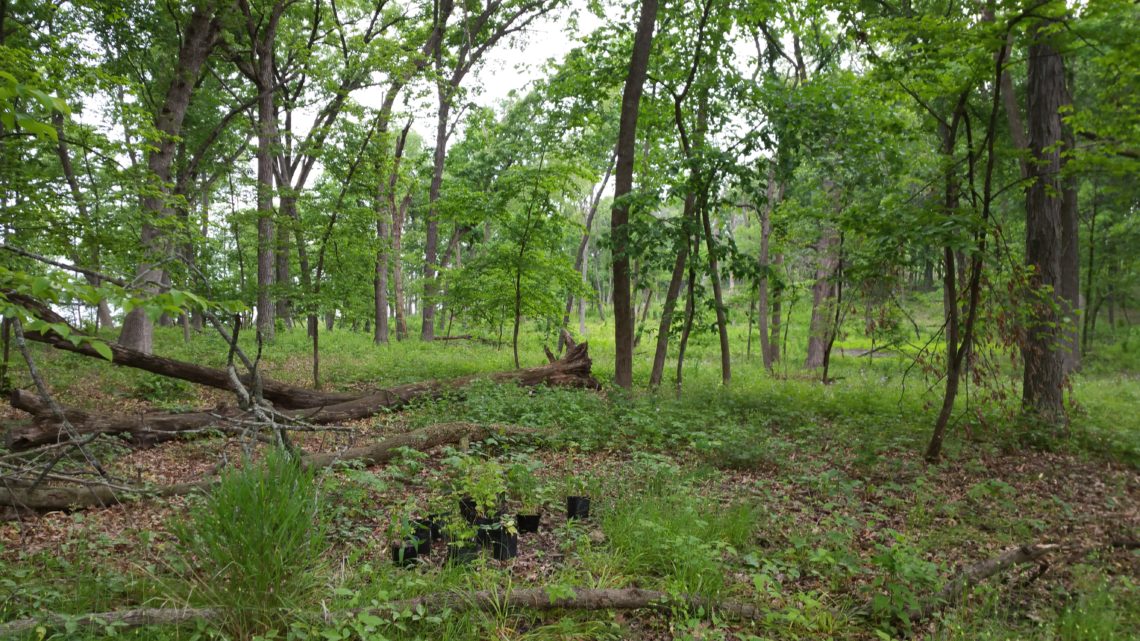
Let’s Get Down and Dirty
I spent a recent Wednesday afternoon getting down and dirty! Outside! Eventually in the rain!
(FYI–This is a family friendly blog.) I spent that afternoon volunteering for the Lake County Forest Preserve. My day off of work is Wednesday, so I was looking for something different to do. I learned that there are multiple programs and volunteer opportunities with the county forest preserve. Via the website calendar, I found a “Restoration Workday” listed for the particular date of interest to me. On that particular date, there was volunteer work available at the Native Seed Nursery , so I went and brought my teenage son with me. (He was given two choices that day–join me volunteering at the native seed nursery or do yard work at the house. Volunteering with mom won! Woohoo! I was glad that decided to join me. In regards to the yard work, he was just postponing the inevitable.)
To make sure that I shared information accurately, I asked the Native Seed Nursery coordinator, Kelly Schultz, to answer some questions for me so that I could better share the information with you.
1) What is the role of the native seed nursery within the Lake County Forest Preserves?
The Native Seed Nursery supports all of the forest preserves in Lake County with seeds for restoration projects. We buy seed & plant material from other native nurseries; our focus is to look at what is not commercially available, and fill in those gaps.
That means:
*species that are not for sale (e.g. too rare, or not enough market demand)
*species that are available but crazy expensive (some seeds cost $200/oz ! Usually because they require a lot of labor – thank you volunteers!!! Or because they take a long time: some flowers take 5-10 years to produce seed, so the purchase price is higher)
*species that we want locally sourced, so they have the local adaptations after 1000s of years of evolution right here in Lake Co. (mostly this applies to rarer species, rare habitats, and species with small ranges for pollination & seed dispersal)
Seeds are our preferred method. We can seed 500 acres in a year, but imagine what it would take to plant that much…!
Most of the plants we grow are the future “mothers” in our seed production areas. Some plants are grown to be planted in specific projects. Mostly we grow for wetlands (soft soils & changing water levels are harder for seed to take root) and rare plants.
Here is a video which explains it, too. I found it entertaining and informational!
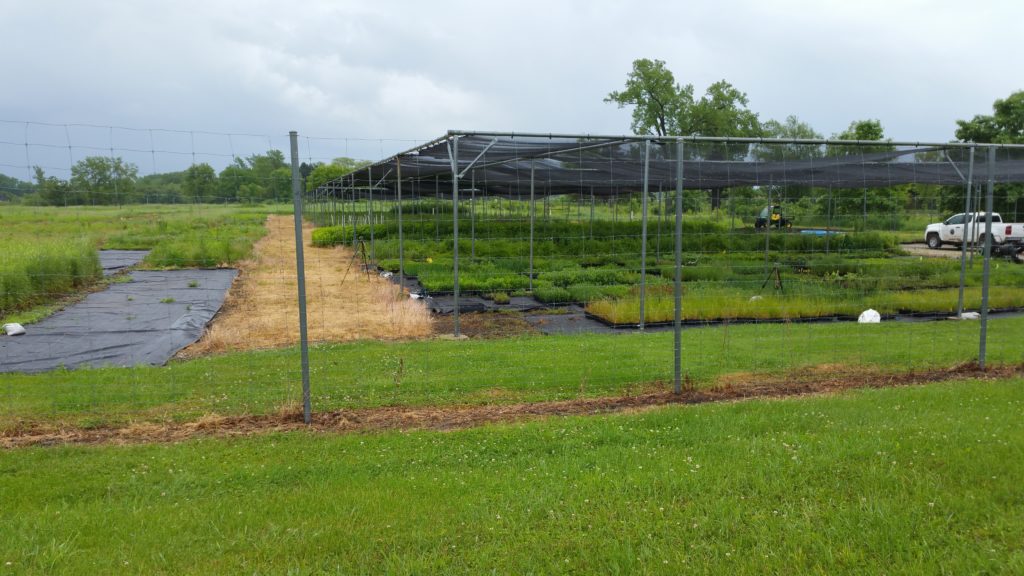
Why should we trust Kelly, Native Seed Nursery Coordinator Extraordinaire? We should because she knows her stuff. How do I know? I asked.
2) What is your background? How did you become the nursery coordinator?
I have a degree in Environmental Studies from Washington University in St. Louis. I previously worked on restoration crews at 3 other local governmental agencies. All of my previous jobs included seed collection. I learned to propagate native plants at my job prior to this one, and I have worked with volunteers for most of my career. I love working outside and spending time in these beautiful landscapes!
This was my and my son’s first time volunteering there, but there were several other regulars who were there that afternoon as well. Although we were newbies, I think we did ok getting our feet wet in regards to helping out (literally and figuratively!). On that particular day, the plan was to move multiple plants from the seed nursery to another location for replanting. As a group, we carpooled and caravanned to the new location, Fourth Lake. At the new location, we dug holes and replanted the plants. I really enjoyed doing this with my son. We had a bit of a rhythm going after a while. I also enjoyed watching my son show interest in the area around him and ask questions about the plants and environment. With such a large group of volunteers that day, the first batch of plants was fairly quickly placed into the ground. Kelly was able to make a trip back to the seed nursery to pick up some sedges to be planted. My son and I were not quite as efficient with this as we tried to shovel out little troughs in which to place these separate sedge plants. These were much smaller than the initial plants. We were more successful with digging holes than troughs! Because I was not really in a situation in which note taking would be easy, I asked Kelly to send me a review of what we did, so here you go…
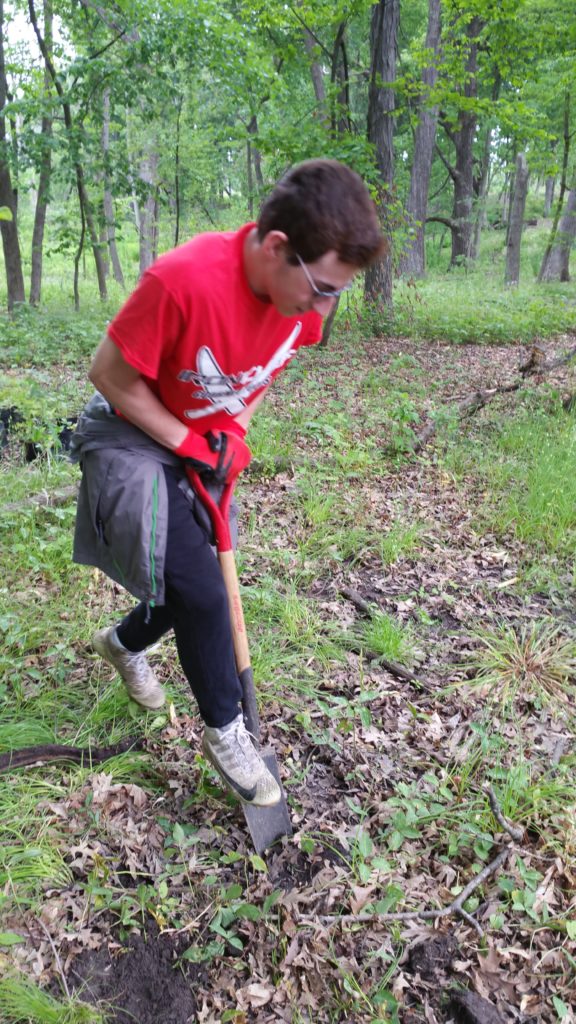
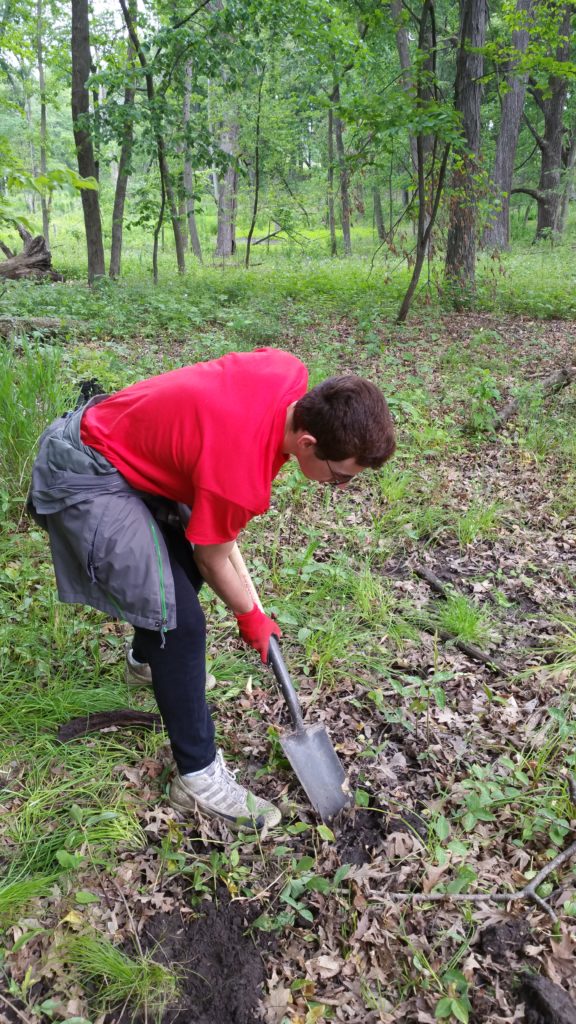


3) From where did these plants that needed replanting come?
We had recently “rescued” a bunch of plants prior to construction. Most of those plants came from Rollins Savanna, where a new trail is being installed to Rte 45. When we plan for public access, we can install a trail in a crummy area where we don’t care what is destroyed, or we can look for picturesque places where people will enjoy the view. This new trail has a bit of both, and we dug up as many good plants as we could before the construction crew started. We also did a similar rescue near Grainger & Wright Woods (St. Mary’s Rd & Everett Rd) where DOT is expanding the roadway. We also planted one sedge species from our greenhouse production. We had a bumper crop of that species, and we can potentially return to collect seeds from this location.
4) What exactly did we move and plant today and why?
We planted:
wild geranium
red trillium
bellwort
yellow violets
short-headed bracted sedge
Penn sedge
We have these plants from a rescue (see above) and they needed a new forever home. Fourth Lake was our choice because it was recently cleared, thanks to a donation. It’s been a wonderful improvement! Look at the east & west side of the trail to see how the “before” and “after” compares. Just by removing buckthorn and other undesirable brush, the area exploded with trout lilies, sedges, nodding onion, to name just a few natives. We wanted to encourage this recovery along by adding our rescued plants.


5) How is it determined what gets planted or seeded where?
Our ecologists decide the best use of the plants & seed. The nursery harvest is divided by them, and they also order plants & seed based on ongoing work, grants, and other funding sources.
6) How large is the Lake County Forest Preserve?
We have about 31,000 acres (~11% of the county). It’s a lot! It takes a lot of hands to get this work done (thanks volunteers!). But if you look at that from the view of the native plants & animals, they have lost almost 90% of their landscape. So we try to make every acre count, by supporting a rich diversity of plants & animals.
7) Is there any other really interesting tidbit of information not yet covered that you think would be fun to share as well?
We are always looking for volunteers! Check out our Restoration Workdays. Find a location near you. You can also help by removing buckthorn at home and planting natives – support our pollinators, our birds, and our plants! (https://www.lcfpd.org/conservation/landscaping/ )
If you are looking for some other resources, Kelly told me about these sites: http://illinoiswildflowers.info/ (there is also an app based on that site) and https://www.minnesotawildflowers.info/
Our time digging in the forest ended when we saw the large flash of lighting followed by a palpable clap of thunder. Buckets of rain from above came moments later. By the time everyone returned to a vehicle to go back to Rollins Savanna where we had started the day, we were all fairly thoroughly soaked. The downpour did not last long, but it was enough to end the day’s activities!
I am really glad that I had the chance to participate in this particular volunteer activity, and I look forward to spending more time both volunteering at and simply enjoying many of the area forest preserves.
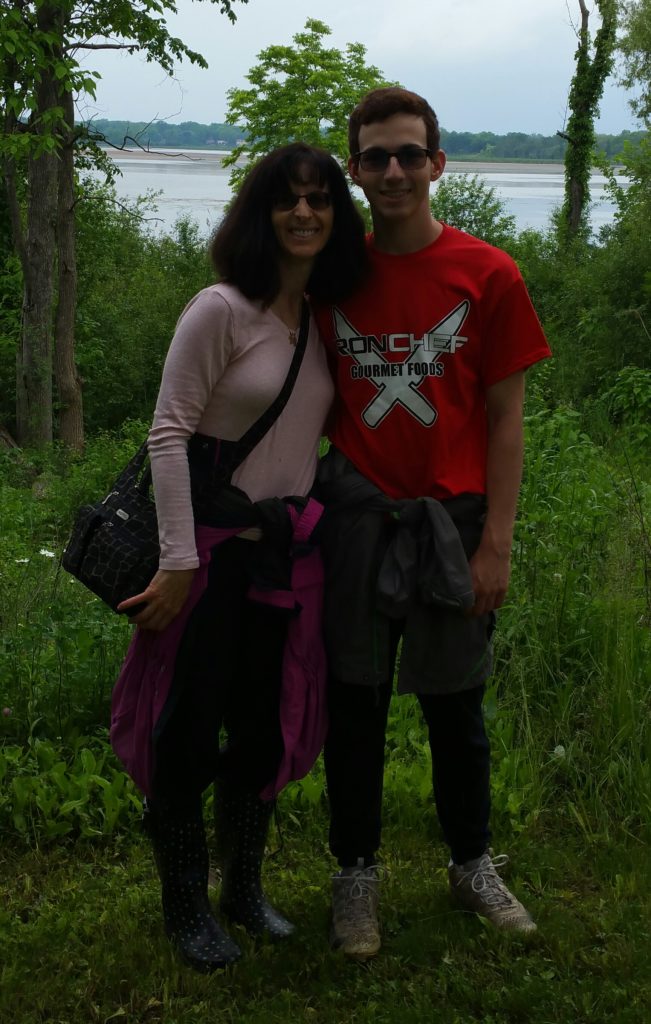
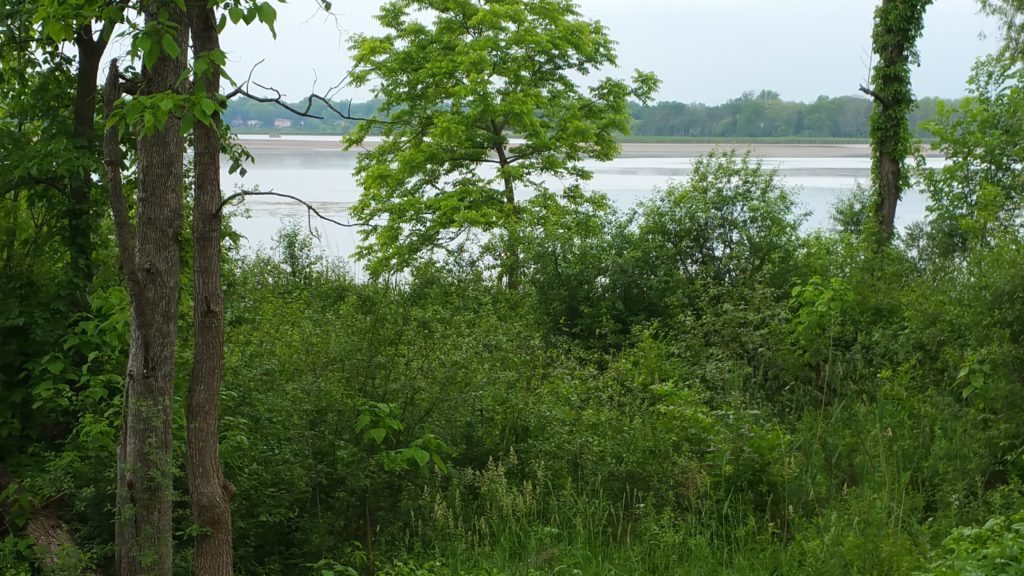
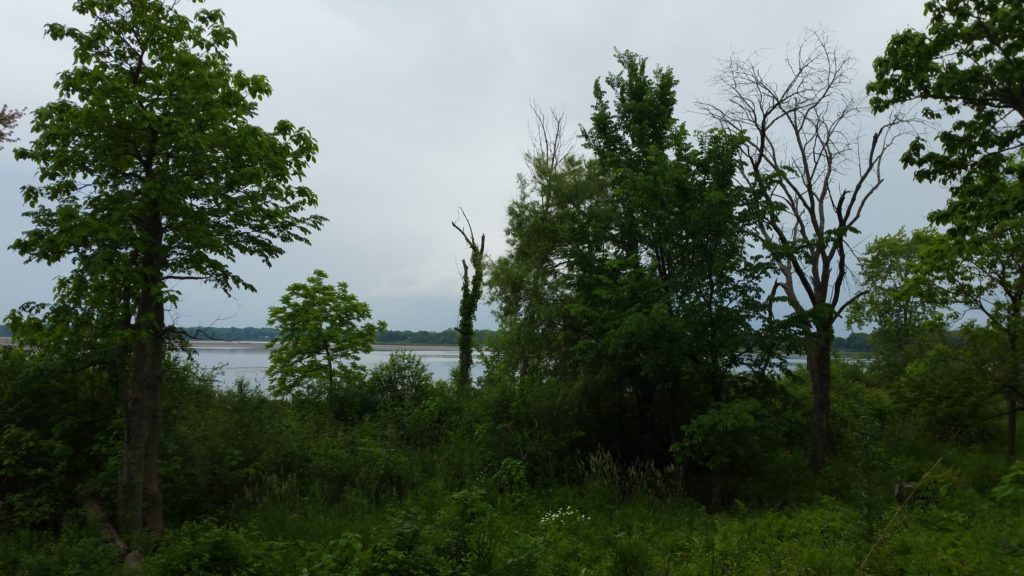
Just as a final reminder (a little pneumonic Kelly taught me):
Sedges have edges
Rushes are round
Grasses are straws with holes to the ground
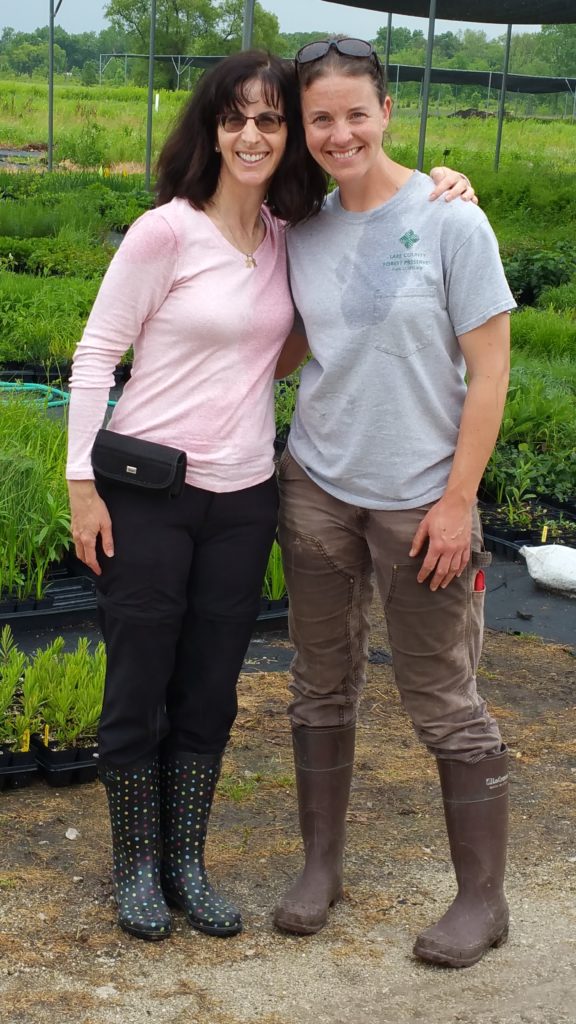
Enjoy!
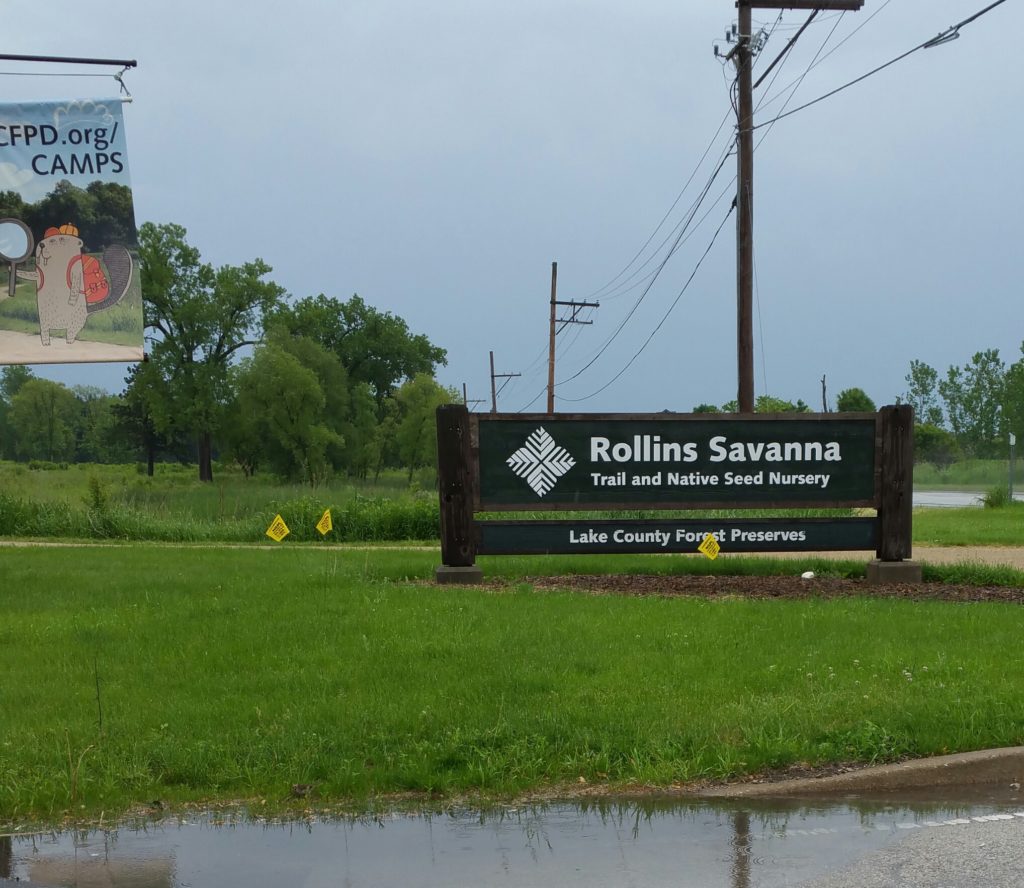


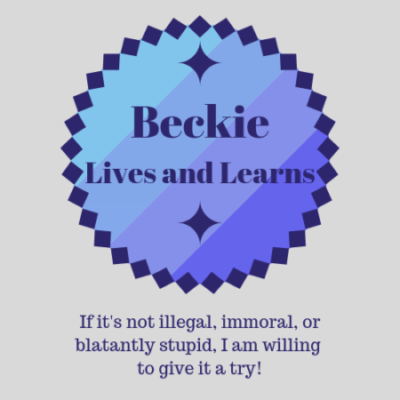
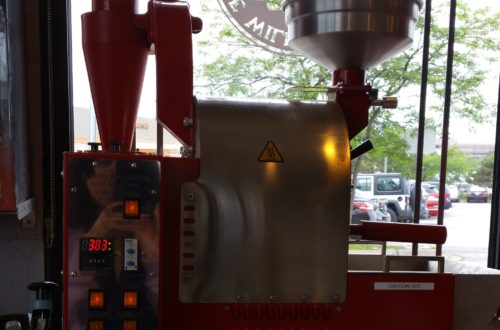
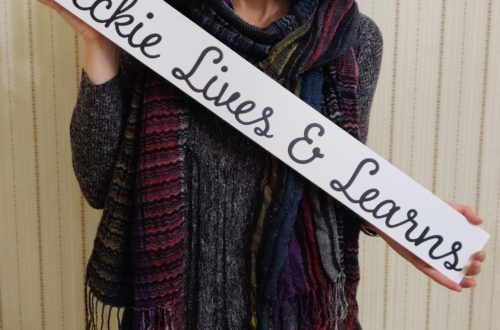
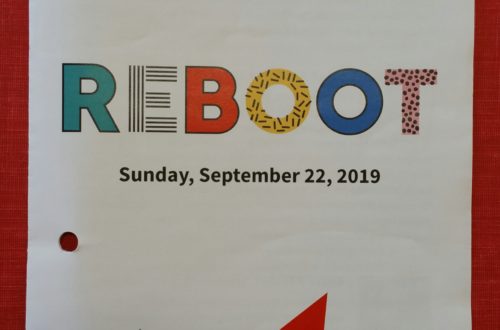
4 Comments
ปั๊มไลค์
Like!! Thank you for publishing this awesome article.
Beckie
I am glad that you enjoyed it! It was fun to do!
Beckie
I am glad that you enjoyed it!
Justin Stubbe
Hi there! I could have sworn I’ve visited this website before but after browsing through a few of the articles I realized it’s new to me. Anyhow, I’m definitely happy I discovered it and I’ll be bookmarking it and checking back regularly!